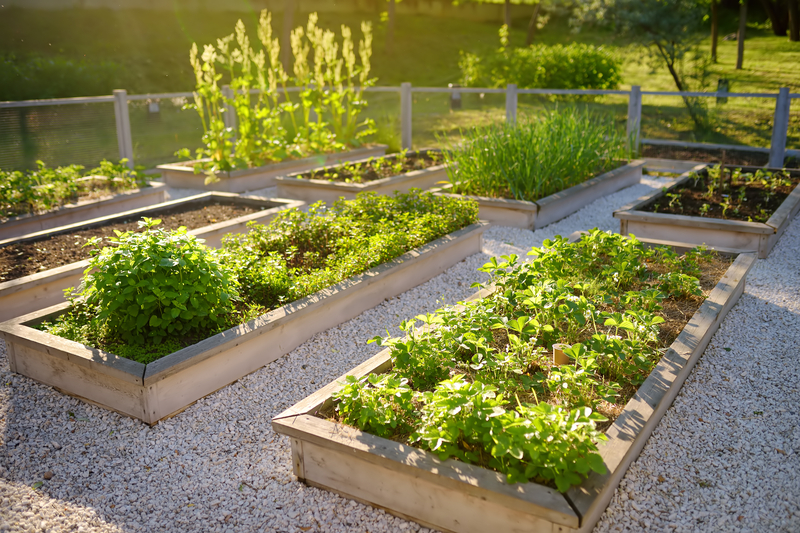Introduction
Preparing garden beds for planting is a crucial step that directly impacts the health and productivity of your plants. Whether you are a beginner or an experienced gardener, understanding how to properly prepare your garden beds sets the foundation for a bountiful harvest and vibrant growth. This article explores proven techniques, expert advice, and practical tips to help you create nutrient-rich, well-structured garden beds ready for planting.
From soil testing and clearing debris to enriching the soil and shaping beds, each step plays an essential role. We’ll also cover how to optimize your garden beds based on plant needs and environmental factors, ensuring your garden thrives season after season.
Why Proper Garden Bed Preparation Matters
Proper preparation increases soil fertility, improves drainage, and creates a welcoming environment for roots. Neglecting these steps can lead to poor plant growth, disease, and low yields. Experts emphasize that investing time upfront reduces maintenance later and boosts your garden’s resilience.
Assessing and Clearing Your Garden Bed
How to Evaluate Your Soil and Site
Before planting, assess your garden bed for sunlight exposure, slope, and soil condition. Use a simple soil test kit to measure pH and nutrient levels. Most vegetables thrive in slightly acidic to neutral soil (pH 6.0-7.0).
Removing Weeds and Debris
Clear away all weeds, rocks, and old roots. Weeds compete with your plants for nutrients and water, so removing them thoroughly is essential. Using a hoe or hand tools, dig out roots rather than just cutting them to prevent regrowth.
Enhancing Soil Quality for Optimal Growth
Adding Organic Matter
Incorporate compost, well-rotted manure, or leaf mold to boost soil fertility and structure. Organic matter improves water retention and feeds beneficial microorganisms, essential for healthy plant roots.
Soil Aeration Techniques
Loosen compacted soil by turning it with a garden fork or tiller to at least 8-12 inches deep. This improves aeration and root penetration. Avoid over-tilling, which can disrupt soil structure.
Balancing Soil Nutrients
Based on your soil test, add amendments such as lime to raise pH or sulfur to lower it. Fertilize with balanced, slow-release fertilizers tailored to your plant types. Follow recommended application rates to avoid nutrient burn.
Designing and Shaping Your Garden Beds
Choosing Raised vs. In-Ground Beds
Raised beds warm faster in spring, drain well, and reduce soil compaction. In-ground beds are easier to set up on a large scale but may require more soil amendment.
Bed Dimensions and Layout
Keep beds narrow (3-4 feet wide) to reach the center easily without stepping on soil. Ensure proper spacing between beds for airflow and maintenance. Consider sun orientation to maximize light exposure.
Final Preparations Before Planting
Mulching and Moisture Management
Apply a layer of organic mulch like straw or wood chips to conserve moisture and suppress weeds. Prepare irrigation systems or plan watering schedules to maintain consistent soil moisture.
Planting Timing and Crop Rotation
Plan planting dates according to your climate zone and frost dates. Rotate crops yearly to prevent soil nutrient depletion and reduce pest buildup.
Conclusion
Preparing garden beds for planting is a blend of science and art that sets up your plants for success. By assessing your site, enriching the soil, and thoughtfully designing your beds, you create a thriving environment tailored to your garden’s needs. Take the time to prepare well, and you’ll enjoy healthier plants, increased yields, and a more rewarding gardening experience. Start your garden bed preparation today and watch your plants flourish!
